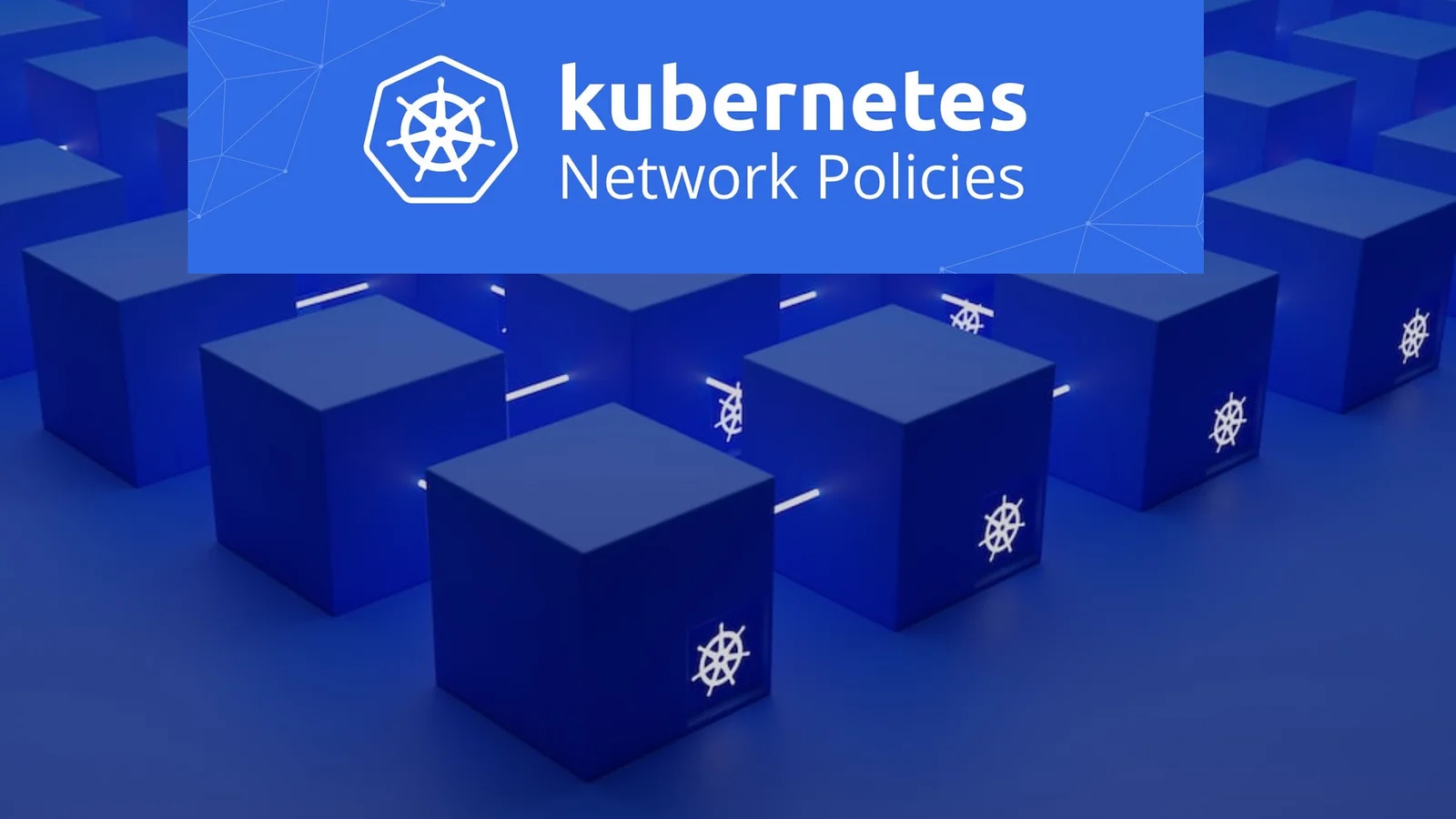Introduction
Kubernetes simplifies container orchestration, but managing service-to-service communication within a cluster can become complex as workloads grow. A Service Mesh helps address these challenges by providing a dedicated infrastructure layer for service discovery, traffic management, security, and observability.
What is a Service Mesh?
- A Service Mesh is an infrastructure layer that facilitates service-to-service communication in a microservices architecture.
- It handles traffic routing, load balancing, security policies, and observability without requiring application-level modifications.
Why Use a Service Mesh?
Traffic Management – Enables dynamic traffic routing, load balancing, retries, and circuit breaking.Security – Provides mutual TLS (mTLS) encryption, authentication, and access control between services.Observability – Enables tracing, monitoring, and logging for better visibility into service interactions.Resilience – Implements fault tolerance mechanisms such as retries, timeouts, and circuit breakers.Policy Enforcement – Ensures compliance with security and operational policies.
Core Components of a Service Mesh
- A service mesh typically consists of two main components:
- Data Plane
- The data plane consists of sidecar proxies deployed alongside application containers. These proxies intercept and manage network traffic between services. Example: Envoy Proxy (used in Istio and Linkerd).
- Control Plane
- The control plane manages the configuration of proxies in the data plane. It defines policies for traffic routing, security, and monitoring. Examples: Istio’s Pilot, Consul’s Control Plane.
Popular Service Mesh Implementations
- Several service mesh solutions exist for Kubernetes, including:
- Istio
- Most feature-rich service mesh.
- Supports advanced traffic management, security, and observability.
- Uses Envoy as the data plane proxy.
- Provides strong mTLS encryption and RBAC policies.
- Linkerd
- Lightweight, performance-focused service mesh.
- Uses Rust-based proxies for efficiency.
- Easy to deploy and manage compared to Istio.
- Consul Connect
- Developed by HashiCorp.
- Integrates with Consul service discovery and provides a built-in Key-Value store.
- Suitable for multi-cluster and hybrid cloud deployments.
- Kuma
- Open-source, developed by Kong.
- Offers multi-zone service mesh capabilities.
- Supports both Kubernetes and VM-based environments.
Deploying Istio Service Mesh on Kubernetes
Step 1: Install Istio CLI
- Download and install Istio CLI:
1
| curl -L https://istio.io/downloadIstio | sh -
|
1
| cd istio-* && export PATH=$PWD/bin:$PATH
|
Step 2: Install Istio on Kubernetes
1
| istioctl install --set profile=demo -y
|
Step 3: Enable Sidecar Injection
1
| kubectl label namespace default istio-injection=enabled
|
Step 4: Deploy a Sample Application
1
| Deploy the Bookinfo application to test Istio:
|
1
| kubectl apply -f samples/bookinfo/platform/kube/bookinfo.yaml
|
Step 5: Verify Service Mesh Functionality
- Expose the service and access the application:
1
| kubectl get svc istio-ingressgateway -n istio-system
|
Best Practices for Using a Service Mesh
Start Small – Begin with a limited scope and expand gradually.Use mTLS for Security – Encrypt communication between services.Monitor Performance – Avoid unnecessary overhead by fine-tuning configurations.Enable Logging & Tracing – Integrate with tools like Jaeger and Prometheus.Leverage Traffic Control – Use canary deployments and blue-green deployments for safer rollouts.
Conclusion
A Service Mesh is essential for managing service-to-service communication in Kubernetes environments. It enhances networking, security, and observability while simplifying application development. Choosing the right service mesh depends on factors like complexity, performance, and security requirements.
If you’re running a microservices-based Kubernetes cluster, adopting a service mesh like Istio or Linkerd can significantly improve operational efficiency and security.
